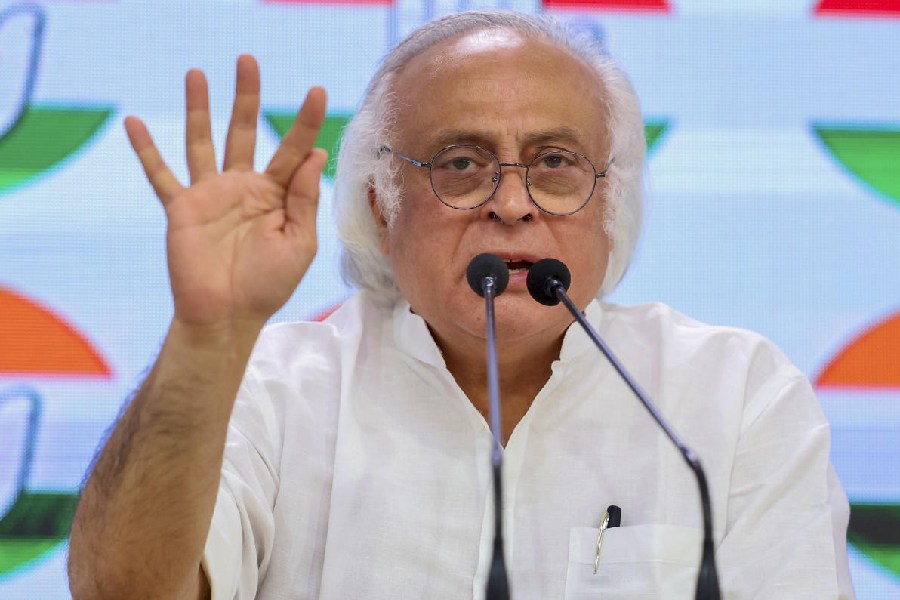Sunshine Anderson was at Mills College’s annual welcoming ceremony in 2017 when the liberal arts college revealed its big news: It was slashing its tuition by more than a third. Elated, the history major, who is now a senior, immediately spread the word on Twitter and recalled thinking: “Oh, my God, this is going to make a huge difference!”
In the end, it didn’t. Anderson, who uses gender-neutral pronouns, paid Mills, a college in Oakland, California, US, about as much as before tuition was reduced. But the move could pay off for the school.
Mills is just one of a small but rising number of mostly private liberal arts colleges that say they are cutting their tuition prices. But what they’re actually doing is reducing their advertised rates, which only the wealthiest students usually pay. At the same time, the colleges are also reducing the heavy discounts they offer to everyone else. The result is a new sticker price that more closely reflects what students already pay. Institutions are making the change out of economic necessity: As college costs have soared, expensive smaller schools risk being bypassed as applicants seek more affordable options.
“We wanted more of the students who weren’t considering Mills,” said Elizabeth L. Hillman, the college’s president. “This was also about communicating that the gap between a public university and a small private college wasn’t as gargantuan as it started to seem.”
The number of colleges “resetting” their tuition rose sharply starting in 2012 to an average of 10 a year, according to an analysis by Mark Kantrowitz, publisher and vice- president of research at Savingforcollege.com, who looked at resets through the 2018-19 academic year. From 1987 through 2011, the average was one annually. Last year, the total surged to 18. So far for 2019-20, five private colleges have trimmed their tuition prices, by 16 per cent to 57 per cent Kantrowitz said.
At Mills, which competes with many high-quality state universities, tuition dropped to $28,765 from $44,765. (That figure does not include room, board, meals and other fees.) Utica College studied the issue for 18 months before it enacted its own plan in 2016. The New York, US, college settled on a price it thought prospective students would respond well to and guaranteed that all returning students would pay at least $1,000 less. Beyond cutting tuition, the school doubled its marketing budget and made improvements on campus, including a $4 million renovation of its dining hall, Utica’s president, Laura Casamento, said.
Three years later, Casamento, who wrote her doctoral dissertation in education on tuition resets, said she was happy with the results. Utica exceeded its overall targets for net tuition revenue each year; enroled more students, including a significant rise in transfers; and increased retention. Its students are also graduating with less debt.
High prices, even with discounting, are often most painful for students in the middle — those who cannot afford the full price but do not qualify for as much need-based aid as lower-income students. The high-tuition, high-discount model may have been more effective in years past, when it gave parents bragging rights about the generous merit scholarships (read: discounts) their children had earned. Families were once more likely to accept the notion that higher price also connoted high quality. But that idea is no longer as compelling, particularly as student loan debt tops $1.3 trillion and college affordability is recognised as a national problem.
And the so-called merit packages have become commonplace. Nearly 90 per cent of full-time freshmen at private colleges received institutional grants in 2017-18, according to a study by the National Association of College and University Business Officers, and the size of these discounts continue to rise. When tuition discounts rise faster than an institution’s sticker price, they eat away at the revenue it ultimately collects (known as net tuition revenue).
“The motivation for most discounting is survival,” said Jim Galbally, a senior consultant at AAL, a higher education consulting firm. “They are using the discount rate as a way to increase enrolment.” Galbally added that tuition accounted for more than 80 per cent of the revenue at most colleges, “so every student really matters.”











